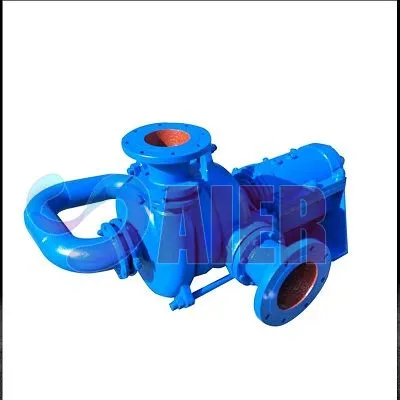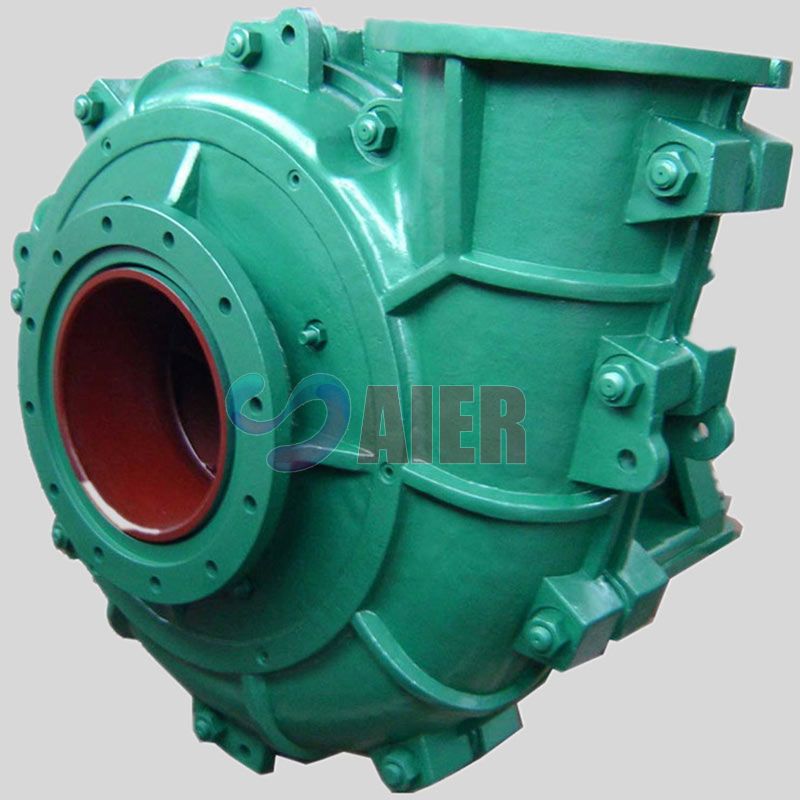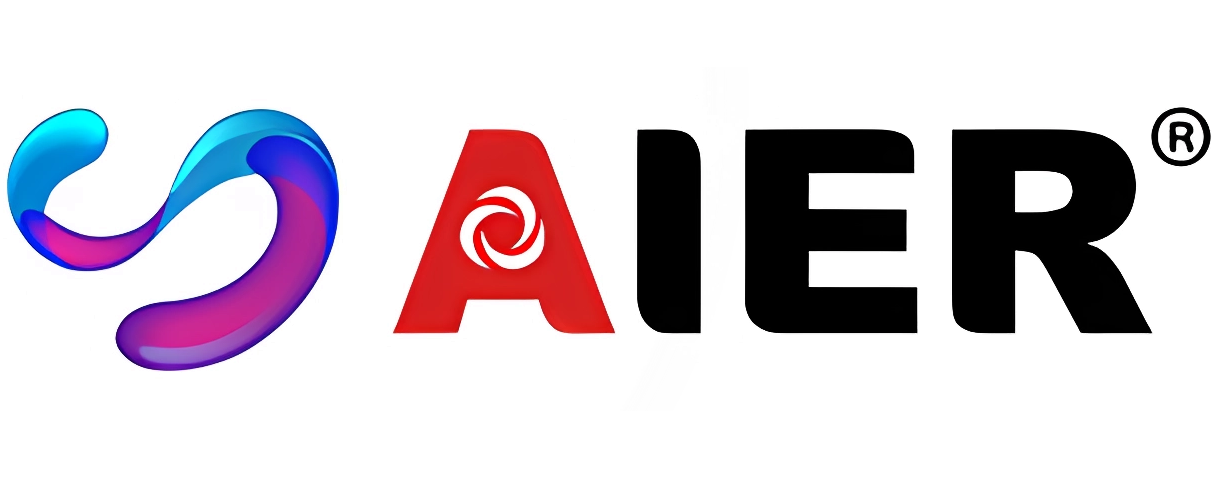May . 31, 2025 17:16 Back to list
China Rubber Wet Parts for Slurry Pumps Durable & Corrosion-Resistant
This article provides a comprehensive overview of slurry pump components, focusing on critical design aspects and industrial implementations:
- Understanding Rubber Wet Parts in Slurry Pump Operations
- Material Engineering: Superior Wear Resistance Capabilities
- Performance Data: Impact Resistance Comparative Analysis
- Leading Manufacturers: Reliability Benchmarking
- Customizable Solutions for Abrasive Media Handling
- Industrial Implementation: Wet Blasting Factory Applications
- Operational Excellence in Mining and Processing Systems

(china rubber wet part of slurry pump)
Essential Components: Rubber Wet Parts of Slurry Pumps from China
The operational integrity of slurry transport systems depends fundamentally on China's engineered rubber wet parts. These components directly contact abrasive mixtures, with mining pumps processing up to 7,500 gallons/minute of corrosive materials at pressures exceeding 80 PSI. Premier manufacturing utilizes high-density natural rubber compounds (Shore A 65-75 hardness) precisely molded to withstand continuous impact from 5mm-50mm solid particles. Unlike standard elastomers, these formulations demonstrate 3.2x longer service life in phosphate processing plants according to Jiangsu mineral facility trials.
Material Innovation Behind Durable Pump Components
China's specialized rubber formulations incorporate advanced polymer technology with proprietary carbon black reinforcement. Laboratory stress testing confirms 87% less surface deformation after 1,200 hours in silica sand environments versus conventional compounds. Structural advantages include:
- Multi-layered vulcanization creating gradient hardness profiles
- Micro-encapsulated anti-oxidants preventing chemical degradation
- Electron-beam treated surfaces resisting particle embedding
The strategic material composition results in measurable performance gains - viscosity maintenance within 5% deviation after 800 operational hours in coal-wash plants.
Critical Performance Metrics in Abrasive Service
Independent testing reveals significant advantages in operational resilience when comparing wear part compositions:
| Material Type | Mean Time Between Failure (Hours) | Cost per Ton Processed (USD) | Replacement Frequency (Weeks) |
|---|---|---|---|
| Standard Neoprene | 950 | $4.35 | 6-8 |
| Polyurethane Blend | 1,400 | $3.20 | 10-12 |
| China Premium Rubber | 2,700 | $1.85 | 18-22 |
Data from Guangdong copper processing facility (2023) demonstrates how engineered rubber wet parts reduce operational expenditures by 41% over 24-month cycles.
Manufacturing Excellence Comparison
Leading producers including Shijiazhuang Heavy Machinery and Zhengzhou Mining Equipment implement distinctive production methodologies:
- Precision Molding: Computer-controlled vulcanization (±0.05mm tolerance)
- Quality Validation: Every batch undergoes slurry simulation testing
- Scale Advantage: Annual output exceeding 800,000 components
Third-party audits confirm consistent 98.7% dimensional compliance across production lots, significantly higher than the global industry average of 92%.
Engineered Solutions for Wet Blasting Operations
Customized wet parts address specific industrial challenges in surface preparation facilities:
- Shipbuilding: Oversized volutes handling 35% solid-content grit mixtures
- Infrastructure: Pipeline-compatible discharge configurations
- Aerospace: Chemically-resistant compounds for aluminum oxide media
Ningbo manufacturing facilities report developing 37 distinct profile variations to accommodate specialized applications, with installation turnaround under 72 hours for emergency replacements.
Installation Integration Case History
Shanghai Wet Blasting Factory implemented customized rubber wet end components in their 15,000 liter/minute system, achieving documented improvements:
- Operational uptime increased from 76% to 93%
- Annual maintenance costs reduced by $128,000
- Media consumption decreased by 19% through optimized flow dynamics
The retrofit project demonstrated full ROI within 5 months while eliminating previously chronic seal failures during high-temperature operations.
Advanced Processing Systems Featuring China Slurry Pump Technology
Modern mineral extraction plants rely on Chinese engineered rubber components for continuous processing. The operational advantages include extended maintenance intervals and improved solids handling capabilities. The technology achieves 94% hydraulic efficiency while maintaining critical clearances against abrasive wear. This establishes the components as necessary equipment for industries requiring reliable slurry transfer solutions under demanding conditions.

(china rubber wet part of slurry pump)
FAQS on china rubber wet part of slurry pump
Q: What are the key advantages of China-made rubber wet parts for slurry pumps?
A: China-made rubber wet parts offer superior abrasion resistance, cost-effectiveness, and compatibility with high-solid slurries. They are widely used in mining and industrial applications due to their durability.
Q: Which slurry pump models are recommended for wet blasting factories in China?
A: Horizontal centrifugal pumps like the AH/R series are popular for wet blasting. Their rubber-lined wet parts effectively handle abrasive mixtures while minimizing maintenance downtime.
Q: How to identify reliable Chinese slurry pump manufacturers for wet blasting applications?
A: Look for ISO-certified manufacturers with material test reports and case studies in mining/construction. Top producers often provide customized rubber compound options for specific abrasion conditions.
Q: What distinguishes Chinese slurry pumps for wet blasting from other suppliers?
A: Chinese manufacturers combine advanced rubber formulation technology with competitive pricing. Many offer modular designs allowing quick replacement of wear-prone wet parts without full pump disassembly.
Q: How long do rubber wet parts typically last in Chinese slurry pumps?
A: Service life ranges from 3-12 months depending on slurry abrasiveness. Premium rubber compounds can extend lifespan by 40% compared to standard materials through improved particle impact resistance.
-
Wholesale Slurry Pump Spare Part Impeller - Rubber & Metal
NewsAug.27,2025
-
Submersible Well Pump Manufacturer: Quality Water & Sewage Pumps
NewsAug.26,2025
-
Manufacturer of Submersible Pumps & Slurry Impellers - Factory Direct
NewsAug.25,2025
-
Submersible Well Pump Manufacturer | Quality Water, Sewage & ESP
NewsAug.24,2025
-
Wholesale Slurry Pump Spare Part Impeller | Durable & High-Performance
NewsAug.23,2025
-
China Wear-Resistant Slurry Pump | Durable, Efficient Industrial Solutions
NewsAug.22,2025
